- Home
- Hvac And Refrigeration
- Hvac Refrigeration Replacement Parts
.....Read More
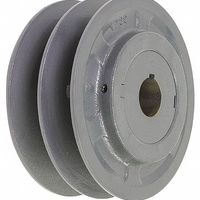
Bearings, Bushings & Sheaves for HVACR Equipment
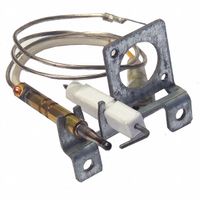
HVACR Bases, Housings & Mounting Kits

Knobs, Handles & Wheels for HVACR Equipment
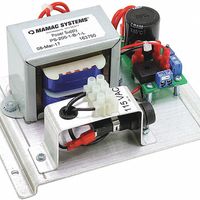
Power Sources & Cables for HVACR Equipment
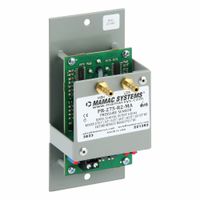
Replacement HVACR Controls, Switches & Thermostats
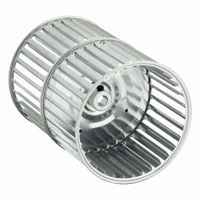
Replacement HVACR Fans, Filters & Ventilation Parts
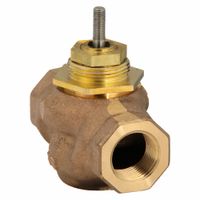
Replacement HVACR Pumps, Valves & Tubing
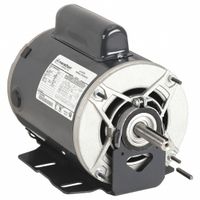
Replacement Motors for HVACR Equipment

Replacement Parts for HVACR Heaters & Heat Exchangers

Seals, Fittings & Fasteners for HVACR Equipment
Frequently Asked Questions
What are the most common HVAC parts that need replacement?
How do I know if my HVAC system needs a replacement part?
Where can I buy replacement parts for my HVAC system?
How do I replace the air filter in my HVAC system?
What is the cost of replacing a fan motor in an HVAC system?
How often should I replace the thermostat in my HVAC system?
Can I replace HVAC parts myself, or do I need a professional?
How do I find the right replacement part for my HVAC system?
What are the signs of a failing circuit board in an HVAC system?
How do I maintain my HVAC system to reduce the need for replacement parts?